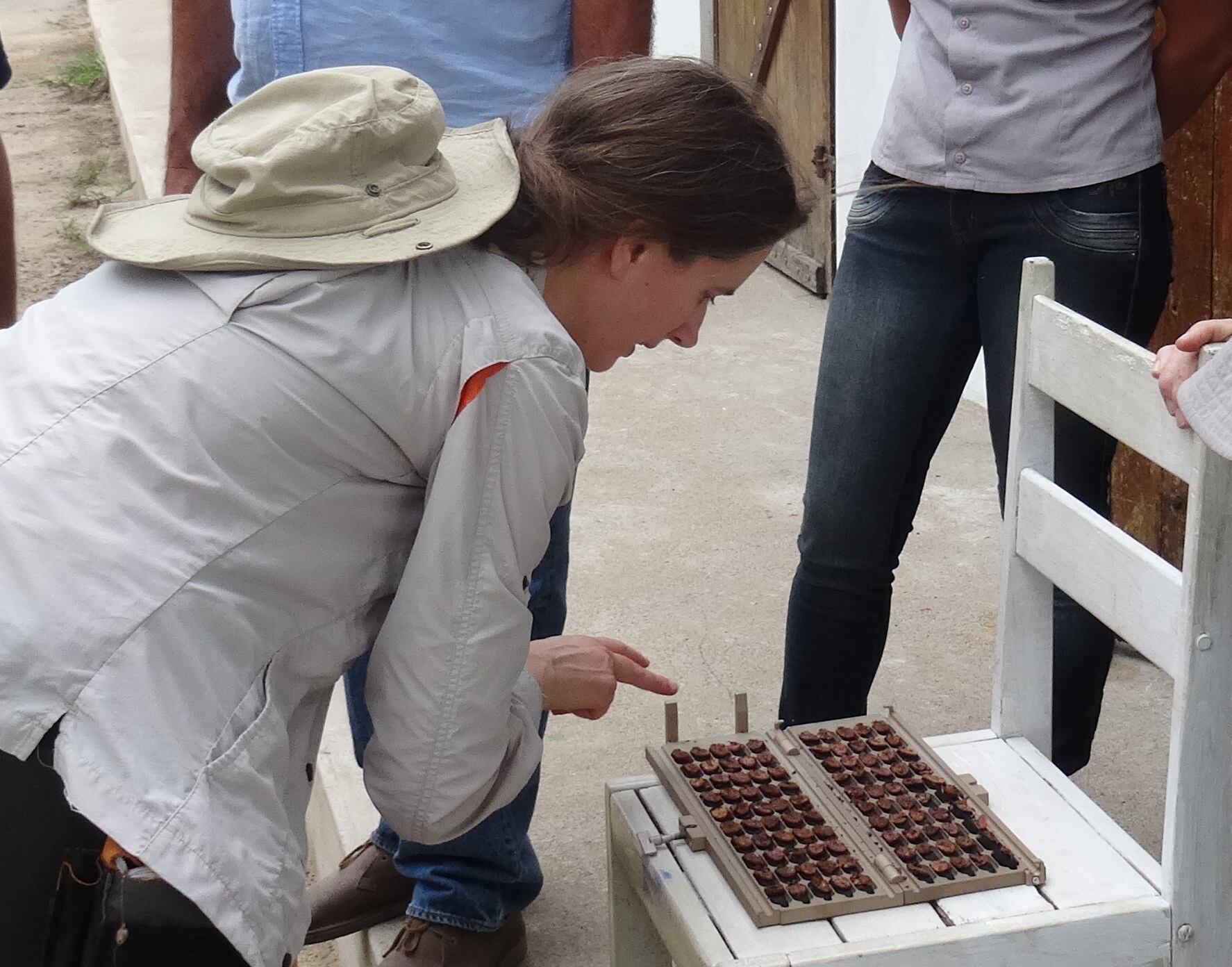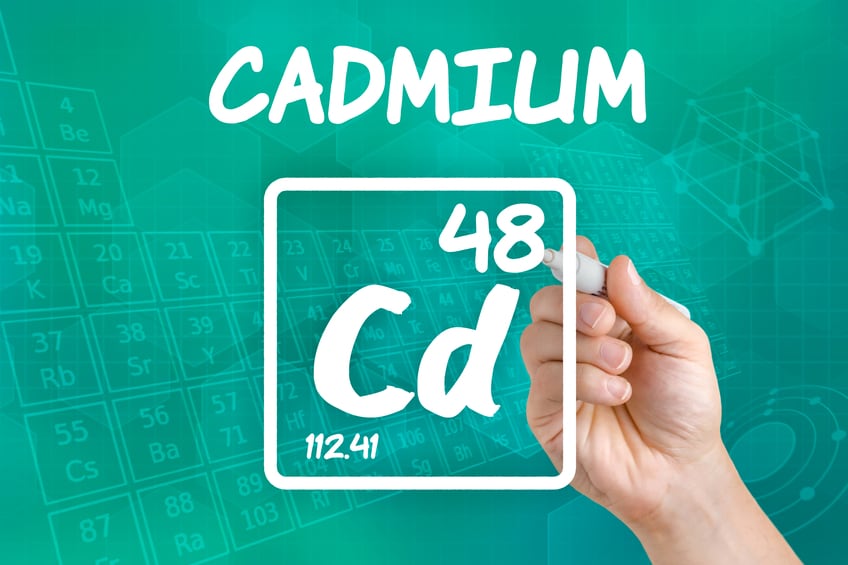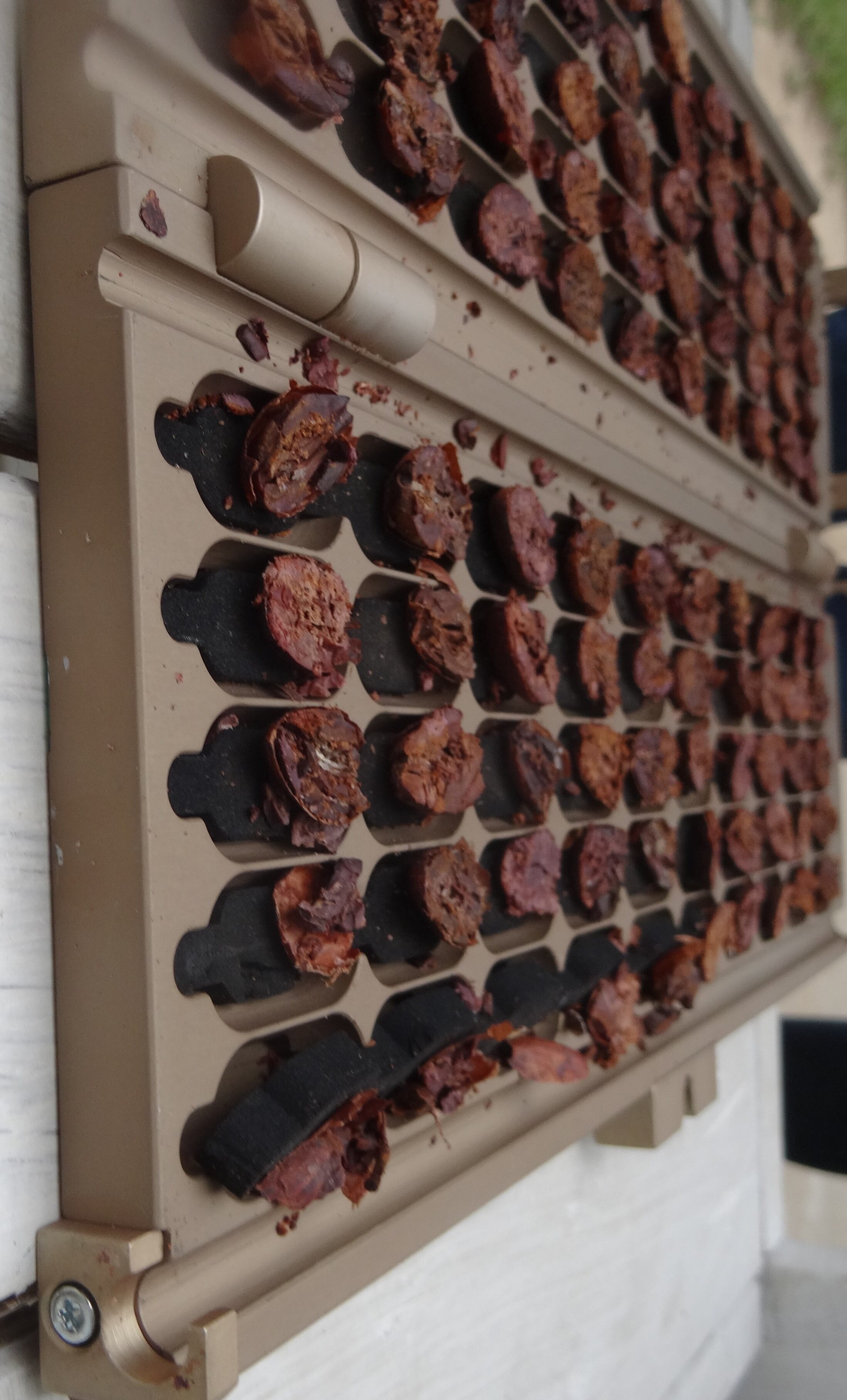Cocoa processors and chocolate makers can reduce the risk of contaminants dangerous to human health by assessing accumulation throughout the supply chain, it says.
It comes as major chocolate companies in the US and Germany have been criticized for traces of carcinogens in end products. Mars, Hershey and others are also facing lawsuits for alleged cadmium and lead contamination in chocolate.
Lead and cadmium can be detrimental to human health at quantities specified by regulators such as the European Food Safety Authority (EFSA).
The EU regulator has set new max limits for cadmium in chocolate effective from 2019 while the state of California requires a warning label when products surpass 4.1 micrograms (mg) of cadmium per daily serving of a single product.

Stable contaminants survive after roasting
Speaking to ConfectioneryNews, Dr Silke Elwers, scientific consultant at ForestFinest Consulting, said: “One could assume that, during roasting, contaminants like mycotoxins or heavy metals could be reduced because of the heat – but that’s not true. They are so stable that you cannot get rid of them during processing.”
Her company is working with those in the cocoa value chain to detect and rid contaminants at source.
The International Agency for Research on Cancer classifies cadmium as a human carcinogen and links the metal to increased risks of cancer.
Studies indicate excessive cadmium consumption in humans can lead to nausea and the accumulation of heavy metal in the kidneys.
Soil pH levels
ForestFinest works with companies to identify the source of a given cocoa contaminant within the supply chain before taking corrective steps.
It says that for cadmium, the biggest contributor is often the soil in which cocoa trees are cultivated. This can also be problematic for organic cocoa because very often cadmium is a natural soil compound.
The soil may have a low pH, which means it has high acidity and increased accumulation of cadmium. Conversely, a higher pH soil could mean lower amounts of cadmium in cocoa beans.
Elwers said: "You could try to elevate the pH of the soil by liming for example - applying lime to the soil. This could increase the pH and then very often you find a lower accumulation of cadmium and a lower amount in the bean.”
Applying micronutrients such as zinc to the soil may also reduce cadmium accumulation, she added.
"This can be done by soil adjustment. Additionally, there is evidence that the accumulation in the cocoa beans is higher in young trees and may be less as soon as the trees are bigger, also due to a dilution effect,” she continued.
Regulations: Cadmium in chocolate
The EU has set maximum levels for cadmium in foods since 2001. In 2014, it updated Regulation (EC) No 1881/2006 to add maximum thresholds for milk and dark chocolate. Previously it only had limits for certain meats, vegetables and seafood.

From January 1, 2019:
- Milk chocolate with below 30% total dry cocoa solids must contain no more than 0.10 mg/kg wet weight of cadmium.
- Chocolate with over 30% cocoa and below 50% must have no more than 0.30 mg/kg of cadmium
- Chocolate with more than 50% will have a threshold of 0.80 mg/kg.
- Cocoa powder sold to the final consumer typically as drinking chocolate will have a limit of 0.60 mg/kg.
Limits are lower for chocolate varieties consumed by children.
The EU has set a TWI (tolerable weekly intake) limit for cadmium of 2.5 µg/kg body weight and says dietary exposure among European consumers is close to or exceeding the limit.
The European Commission said chocolate was an “important source of human exposure to cadmium”, along with seafood, oilseeds and edible offal, and highlighted that it was one of the top dietary sources of cadmium for children.
No limit values exist for cadmium in chocolate in the US. However, California requires a warning label on products that have more than 4.1 mg of cadmium per daily serving of a single product. Dr. Elwers says this level is easily reached by some chocolates. The FDA has also set a guidance limit of 0.1 ppm for lead in candy consumed by young children.
But the scientific consultant was skeptical whether cadmium was an issue within cocoa fruit pulp.
“Some say if you adjust the fermentation you may have less quantity of cadmium within the beans, she said. “But I doubt that. It doesn’t match with our results.”
Elwers said it was quite easy to identify the source of cadmium as it was often the soil. “But for other heavy metals such as lead, it could not only be the soil, it could be during drying and further handling where lead may come from the surroundings.
"There you have to assess more parts of the value chain to hopefully get to the source of the contamination,” she added.
Traceability concerns?

The ForestFinest consultant said it will be difficult for a chocolate maker to reduce contaminants such as cadmium in finished products without having a traceable cocoa supply.
“The main source of cadmium is from soil, so it won’t be easy to avoid it.”
But she said heavy metal traces were more prominent in Latin America than West Africa due to higher volcanic activity. Thankfully, much of the cocoa from Latin America is fine flavor and far likelier to be traced to origin than bulk cocoa from Africa, she said.
“All the major companies are working towards enhancing traceability for their products and want to have more Fairtrade ,UTZ and Rainforest Alliance certification, which comes together with traceability,” she added.
Cocoa varieties
Elwers said there was an indication that some cocoa tree varieties are higher accumulators of cadmium than others.
She said clones and grafted clones had a combination of root stock, which may lead to greater cadmium accumulation, but said research is ongoing.
"There is some evidence that some of the more productive clones - under certain site conditions might be higher accumulators of cadmium, but it's still not assured."
Look out for... How to avoid mineral oils and mycotoxins in chocolate... coming soon in @ConfectioneryNw
Background reading
- A study from Brazil by Villa et al. said dark chocolate raises children's exposure to cadmium. But children would have to eat more than 100 regular-sized bars a month to exceed health guidelines.
- A recent study by Ortiz et al. called on the confectionery industry to remove lead traces in candy products after finding high concentrations in 4% of chocolate and sugar confectionery samples and 12% of brands analyzed in Mexico.
- Research by Yanus et al. in 2014 said young children risk exceeding recommended limits for lead when consuming chocolate in excess and have a higher digestive uptake than adults.
